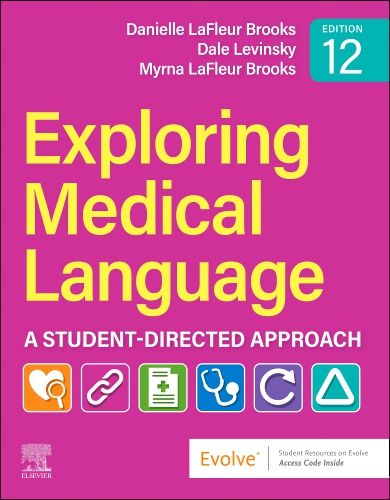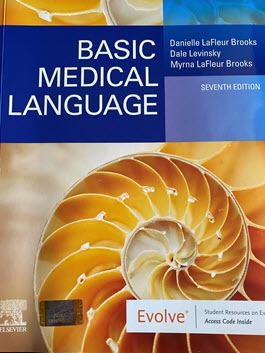Arrhythmia is derived from “arrhuthmia”, Greek noun for lack of rhythm, and perhaps explains why the term has two Rs. It is believed to be first used in 1888 to describe irregularity of the pulse.
Cardiac arrhythmia is the irregularity of the rhythm, or rate, of the normal heart beat which is controlled by the heart’s electrical system.
Dysrhythmia is derived from rhythmus, Latin for rhythm, and perhaps explains why it is spelled with one R. Its first known use was circa 1909. It also may be used instead of arrhythmia to describe irregularity of the normal rhythmic pattern, but arrhythmia is most commonly used. Dysrhythmia can also be used to describe other rhythm disturbances such as that of the brain referred to as cerebral dysrhythmia
For more information on arrhythmias go to: National Institutes of Health
References:
Dorland’s illustrated medical dictionary, ed 32, Philadelphia, 2012, Saunders.
LaFleur Brooks M., LaFleur Brooks D: Exploring Medical Language, ed 9, St. Louis2014, Elsevier.
Mayo Clinic Health Newsletter: Vol. 32, Number 2. Feb. 2014 Palpitations.
Web References:
Encyclopedia Britannica
National Institute of Health
Merriam Webster



